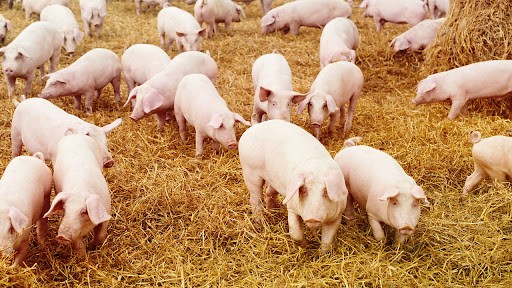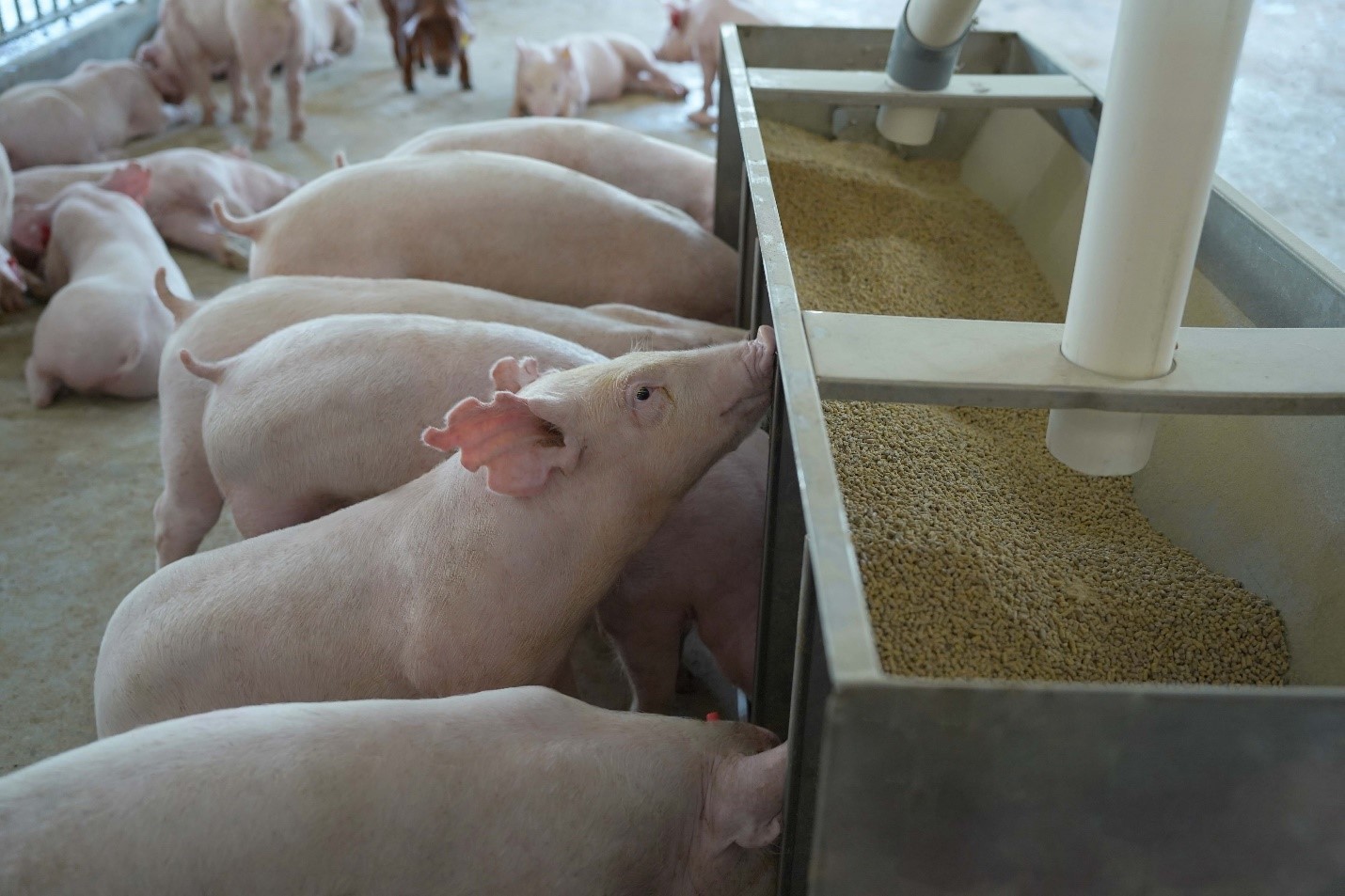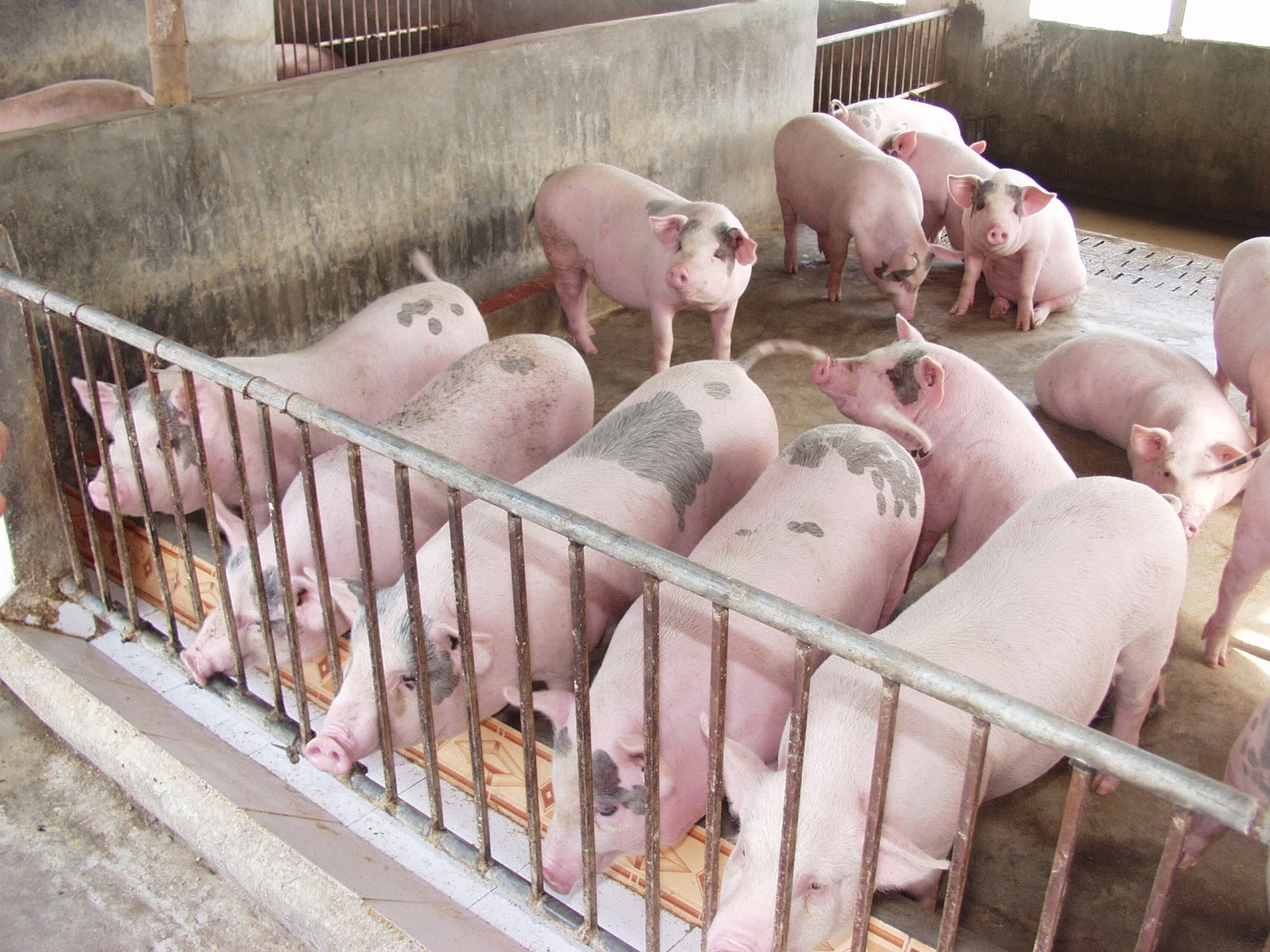Mycoplasma suis is a hemotrophic bacterium parasitizing erythrocytes, adversely affecting swine health and causing considerable economic losses. The disease tends to flare up severely when pigs are subjected to stress, abrupt weather changes, or concurrent infections.
In modern swine production, although not as prevalent as African swine fever (ASF) or Porcine Reproductive and Respiratory Syndrome (PRRS), Mycoplasma suis infection silently reduces herd productivity and profitability. This pathogen induces anemia, stunted growth, poor weight gain, and in severe cases, sudden death, making it a growing concern in current swine herds.
1. CAUSES
The disease is caused by Mycoplasma suis, a wall-less bacterium adhering to the surface of porcine erythrocytes. Once attached, it disrupts red blood cells, leading to hemolytic anemia and impaired oxygen transport.
A major concern is its ability to persist in subclinical carriers for long periods without obvious symptoms. However, under stress, weaning, transportation, climatic fluctuations, or concurrent diseases, the infection can rapidly progress and exacerbate clinical signs.

2. SUSCEPTIBLE ANIMALS AND TRANSMISSION
All age groups of pigs are susceptible, but weaners and grower-finisher pigs are particularly at risk.
Transmission routes include:
– Primarily via blood.
– Vertical transmission from sows to piglets.
– Mechanical transmission through hematophagous insects (flies, mosquitoes).
– Horizontal transmission by biting, contaminated needles, unsanitized husbandry equipment, and invasive procedures (tooth clipping, castration, tail docking).
3. CLINICAL MANIFESTATIONS
Clinical signs of Mycoplasma suis infection include:
– Marked anemia: pale ocular and oral mucous membranes, pallor of the skin.
– High fever, anorexia, rapid weight loss.
– Rough hair coat, cyanotic to purplish patches on skin, especially ears and ventral abdomen.
– Tachypnea and dyspnea, often misdiagnosed as respiratory disease.
– Cutaneous papules or lesions that heal slowly, sometimes confused with Porcine Circovirus infection.
– Sudden death, particularly during transport or abrupt weather shifts.
In sows:
– Abortion or weak-born piglets.

4. TREATMENT
Oxytetracycline-based antibiotics: intramuscular injection (e.g., Limoxin 200 LA, three doses), followed by in-feed administration for 7–10 days, a 7–10 day rest, then repeating for 1–2 cycles to eliminate the pathogen.
Supportive therapy:
Iron supplementation and hematinics (e.g., INTRAFER 200 B12) to restore hemoglobin and accelerate recovery.
Immunostimulants such as GLUCAN C to enhance host resistance and recovery.
Early detection and intervention significantly improve treatment outcomes.

4. PREVENTION
An integrated control program is essential:
– Strict biosecurity with routine disinfection of facilities using potent disinfectants.
– Control of blood-sucking insects.
– Use of sterile, dedicated needles and instruments.
– Minimize stress during handling, weaning, and transportation.
– Regular supplementation with vitamins, minerals, and probiotics to enhance immunity.
Mycoplasma suis is an insidious yet economically significant swine disease. Recognizing its transmission routes, early clinical signs, and applying effective prevention and therapeutic strategies are critical for maintaining herd health and optimizing swine production efficiency.
